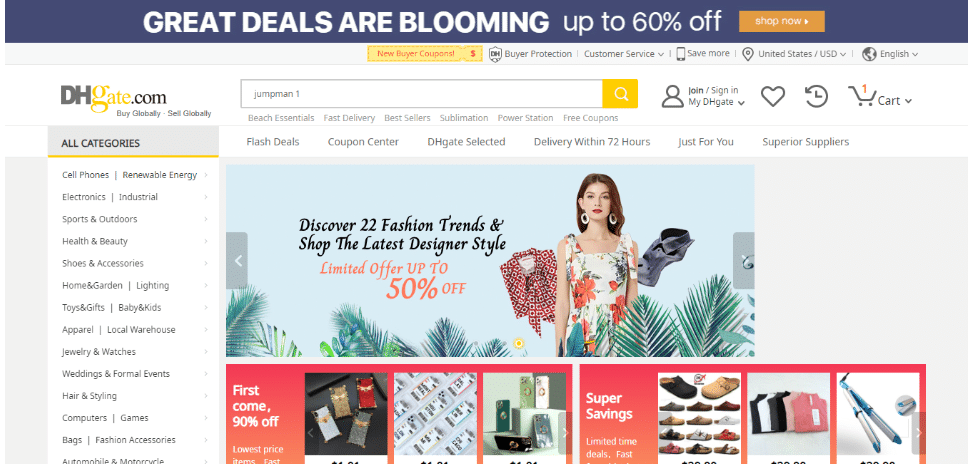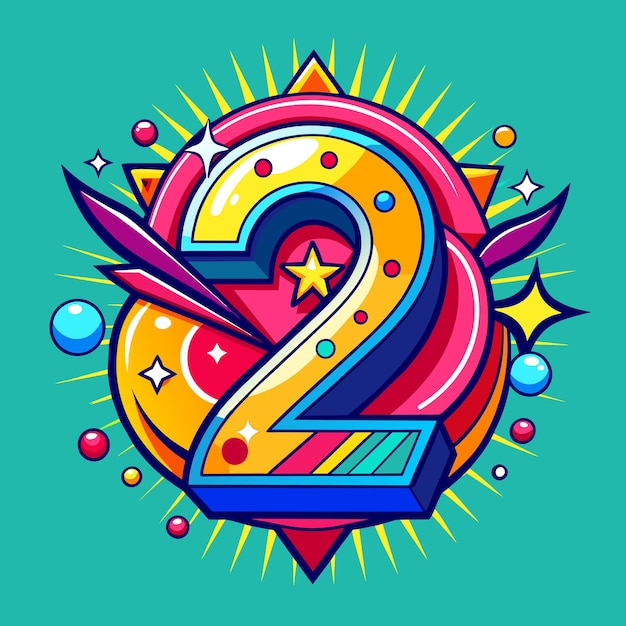Essential Guide: Safely Adding Refrigerant to Your Home Air Conditioner
Understanding the Role of Refrigerant in Your Home AC
Refrigerant-often referred to by brand names like Freon (for older systems)-is the chemical that allows your air conditioner to cool your home. It absorbs heat from inside your house and releases it outdoors, cycling through the system to maintain comfortable temperatures. If your AC is blowing warm air, struggling to keep your home cool, or you notice ice on the coils, it may be due to low refrigerant levels. However, it’s important to know that refrigerant doesn’t get used up; a drop in level usually means there is a leak that needs to be addressed [1] .
Why DIY Refrigerant Refills Are Restricted
Many homeowners look for ways to save money by recharging their AC themselves. However, according to U.S. Environmental Protection Agency (EPA) regulations , only certified HVAC technicians are legally permitted to handle and recharge refrigerant in home air conditioning systems. This is not only for environmental reasons-since improper handling can harm the ozone layer-but also for safety, as refrigerants can be hazardous if mishandled [1] .
Attempting to add refrigerant yourself without certification is illegal and can result in fines. Even DIY HVAC channels online stress that viewers should have an EPA 608 certificate before attempting refrigerant work [2] . If you do not hold such certification, the best course of action is to contact a licensed HVAC professional.
Signs Your AC May Need a Refrigerant Recharge
Before considering a recharge, diagnose whether low refrigerant is truly the issue. Common symptoms include:
- Warm air blowing from vents despite the system running
- Ice buildup on the refrigerant line or evaporator coil
- Unusually long cooling cycles or poor cooling performance
- Hissing or bubbling noises, which may indicate a leak
If you observe any of these symptoms, it’s important to have your system inspected by a certified technician who can check for leaks and verify refrigerant levels [1] .
Step-by-Step: What Happens During a Professional Refrigerant Recharge
If a certified HVAC technician determines your system is low on refrigerant and a recharge is safe, the process typically follows these steps:
- Leak Detection: The technician inspects the system for leaks, using electronic detectors or dye. Recharging without repairing leaks is not recommended.
- System Evacuation: If necessary, the system is evacuated (vacuumed) to remove air and moisture, which can damage components.
- Refrigerant Charging: The technician connects a refrigerant tank and special gauges to the low-pressure side (suction line) of the AC. Modern systems use R-410A refrigerant, while older ones may use R-22, which is being phased out due to environmental concerns [3] .
- Pressure Monitoring: Refrigerant is added slowly while monitoring system pressures and temperature readings. For example, the goal for R-22 systems is typically around 75 PSI on a warm day, correlating to about 40-42°F evaporator coil temperature [3] .
- System Testing: Once the correct charge is achieved, the technician tests the system’s cooling performance and checks for further leaks.
This process ensures your system operates safely and efficiently. Attempting any of these steps without proper training and certification can damage your AC or void your manufacturer warranty [1] .

Source: fity.club
Costs and Considerations
The cost of a professional AC recharge varies based on your system, the type of refrigerant, and the extent of any needed repairs. According to American Home Shield , service calls for recharging an AC typically range from $150 to $400, with R-22 refrigerant costing significantly more due to its phaseout [1] . Always request an upfront estimate and ask about leak repair costs, as recharging without fixing leaks is only a temporary solution.
What About DIY Recharge Kits?
Some home improvement stores and online retailers advertise DIY recharge kits similar to those used for automobiles. However, these kits:
- Are often illegal for unlicensed individuals to use on home systems
- Can lead to overcharging or undercharging, resulting in damage
- May not address the root cause (leaks)
- Could void your system warranty
Even prominent DIY HVAC influencers emphasize that any person attempting to handle refrigerant must have proper EPA certification [2] . For most homeowners, DIY recharging is not a safe or legal option.
Alternative Solutions for Homeowners
If you suspect your AC is low on refrigerant, consider these steps:
- Replace Air Filters: Dirty filters can restrict airflow and mimic low refrigerant symptoms.
- Clean the Outdoor Unit: Remove debris and ensure the condenser is free of obstructions.
- Check Thermostat Settings: Confirm the thermostat is set to ‘cool’ and at the desired temperature.
- Inspect for Visible Leaks or Ice: If you see ice on the lines, turn off the AC and let it thaw before calling a professional.
- Schedule Professional Maintenance: Many HVAC companies offer annual inspections, which include refrigerant checks and cleaning.
If you need professional help, you can find certified HVAC technicians by searching for “licensed HVAC contractors near me” or checking with national organizations such as the Air Conditioning Contractors of America (ACCA) or your local state licensing board.
How to Find a Qualified Technician
To ensure safe and legal handling of refrigerant, look for an HVAC professional with current EPA Section 608 certification. You can:
- Request proof of certification and state license before hiring
- Ask friends or neighbors for recommendations
- Consult online reviews and ratings for local HVAC services
- Inquire about service guarantees and written estimates
Remember, only a certified technician can legally recharge your home AC system [1] .
Key Takeaways
While it may be tempting to add refrigerant to your home AC yourself, federal law and safety considerations require that only certified professionals handle this task. If your air conditioner isn’t cooling effectively, schedule an inspection with a trusted local HVAC contractor. Regular maintenance and timely repairs will keep your system running efficiently and prolong its lifespan.

Source: phoenixenglishlang.com
References
MORE FROM mumsearch.com













